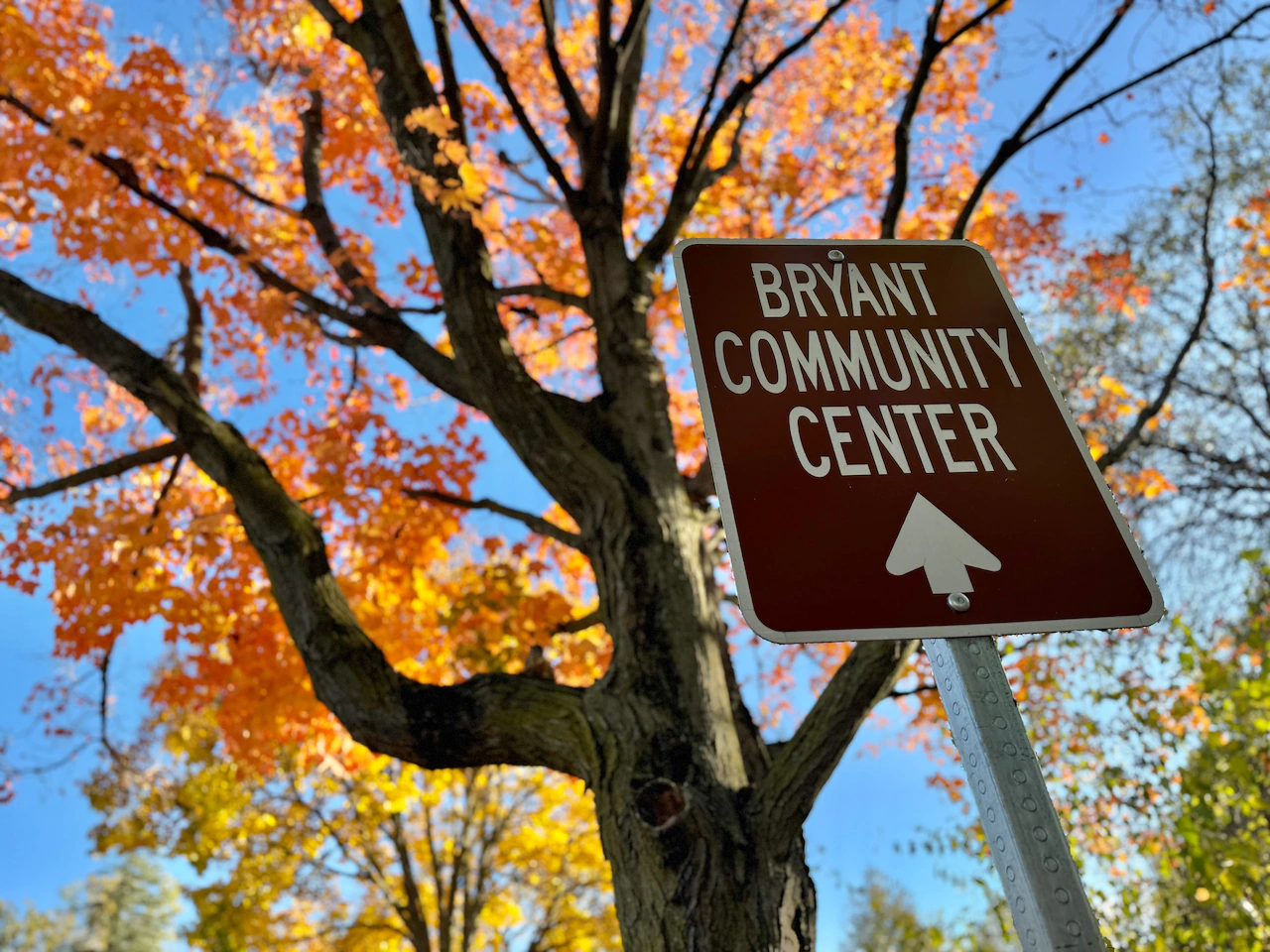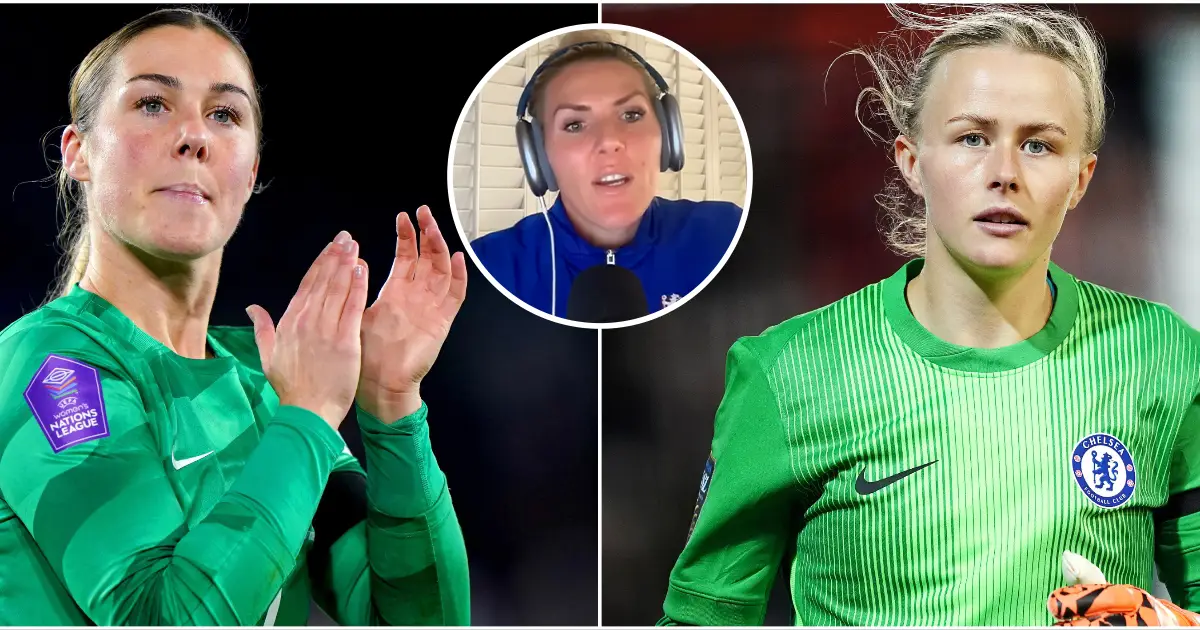Copyright The Boston Globe

When I first took a job with the Nonviolence Institute in 2009, our core mission was to address the violence concentrated among the young people in Providence most at risk to shoot, be shot, or go to prison. The Nonviolence Institute had been established by the legendary Sister Ann Keefe and Father Ray Malm in 2000 after 15-year-old Jennifer Rivera was murdered in front of her own home as she prepared to testify as a main witness in a murder trial. Twenty-five years later, although gun violence has decreased, the threats to community and neighborhood peace remain — they’re simply evolving. At the time of Jennifer’s murder, the violence in Rhode Island’s urban core wasn’t all gang-related. But it was overwhelmingly tied to conflicts in our community. Friends from one part of Providence might strike out against residents of another side of town not because of some gang initiation, but because the two neighborhoods had a history. That sort of organized “beef” remains in the background today, but we’ve found ways to interrupt it. Note, for example, that there were 30 homicides in Providence in 2000 — this year, to date, there has been only one. That reduction can’t be credited to any single factor. We and our partners have worked from every angle. Neighborhoods have become less tolerant of bad behavior. The police have become more effective at holding perpetrators accountable. And the Nonviolence Institute’s “street workers” now rush to work with those who may be tempted to strike out or retaliate. Moreover, nonviolence training and outreach programs, which are now taught in more schools and communities, have reached generations of kids. Together, these efforts have had real impacts. And that’s why we continue to do the work. Advertisement But if the organized and retaliatory violence that defined Rhode Island’s urban core has decreased for the moment, two worrisome trends have emerged. The first is a wave of what could be called “random” violence — meaning it’s not connected to any neighborhood or gang. Today, arguments between strangers that would rarely have risen past horn honking and curse words now turn to blows or worse. Two drivers who both believe it is their turn to drive through an intersection trade punches or “pokes.” In the wake of the pandemic, we’ve become quick-triggered, both figuratively and literally. That speaks to the second worrisome shift I’ve noticed over the last several years. Violence is a public health crisis explicitly because it’s been glorified in a new way throughout American culture. Young men are showing that they are capable of violence by the way they talk and behave. Women, too, send messages suggesting others cross them at their own risk. This cultural acceptance of violence isn’t limited to the state’s urban core — it’s everywhere. Television, music, social media, and video games have shifted the culture of violence. Advertisement For all these reasons, the mission of the Nonviolence Institute, born from the idea that we need to build a “beloved community,” is also evolving. We certainly haven’t abandoned the original mission — we still try to interrupt the sort of urban violence that claimed Jennifer Rivera’s life a generation ago. We will continue to have employees working at the street level with at-risk youth, monitoring beefs that are often broadcast on social media. But the trainings we’ve crafted to encourage young people to withstand the impulse to violence need to reach more communities. We never treat our successes as the last word, if only because we know that we might soon face new waves of violence. Our challenge moving forward is to make sure that the culture of violence that has spread over the last 25 years does not lead to more assaults, stabbings, and shootings. Nonviolence is a way of life that should be embraced by all. We must each work to ensure that this coming year, our 25th anniversary, everyone has the opportunity, no matter where they live, to enjoy life, peace, and the pursuit of happiness. Lisa Pina-Warren is the executive director of the Nonviolence Institute, where she has been on staff since 2009.



